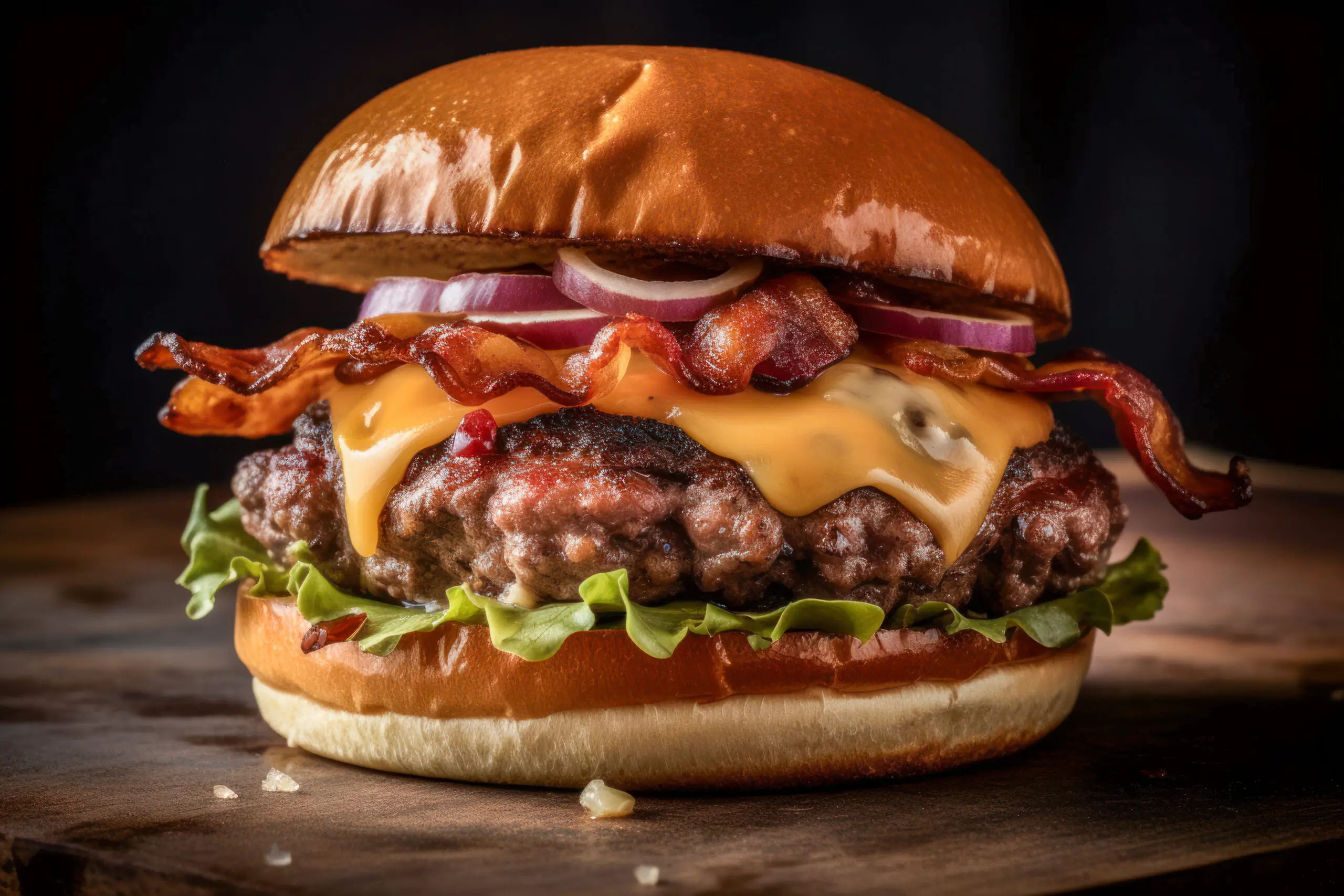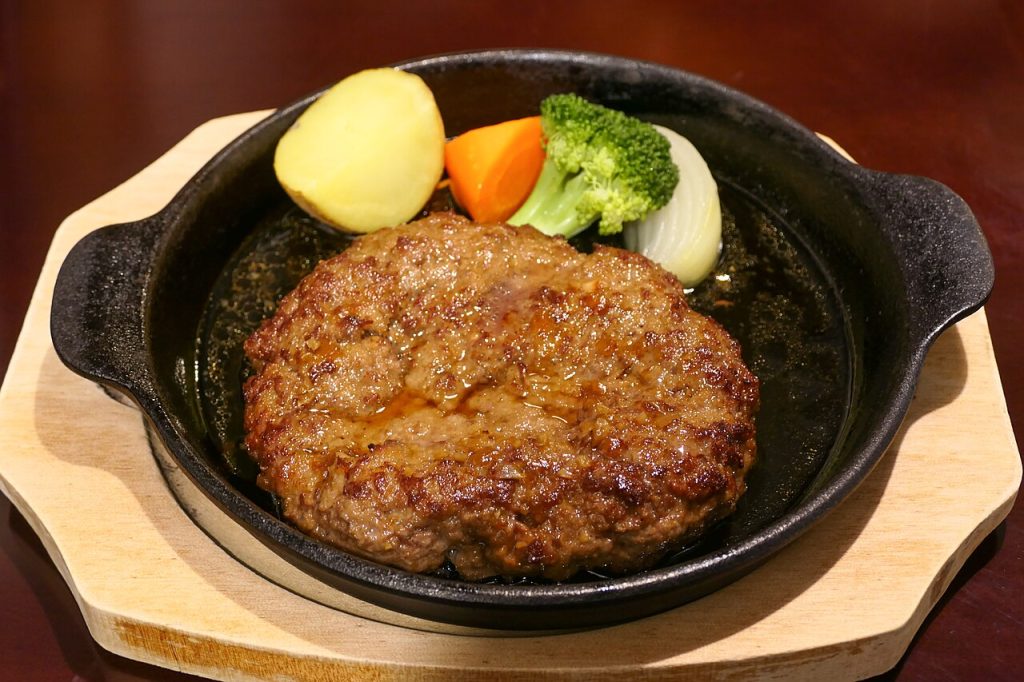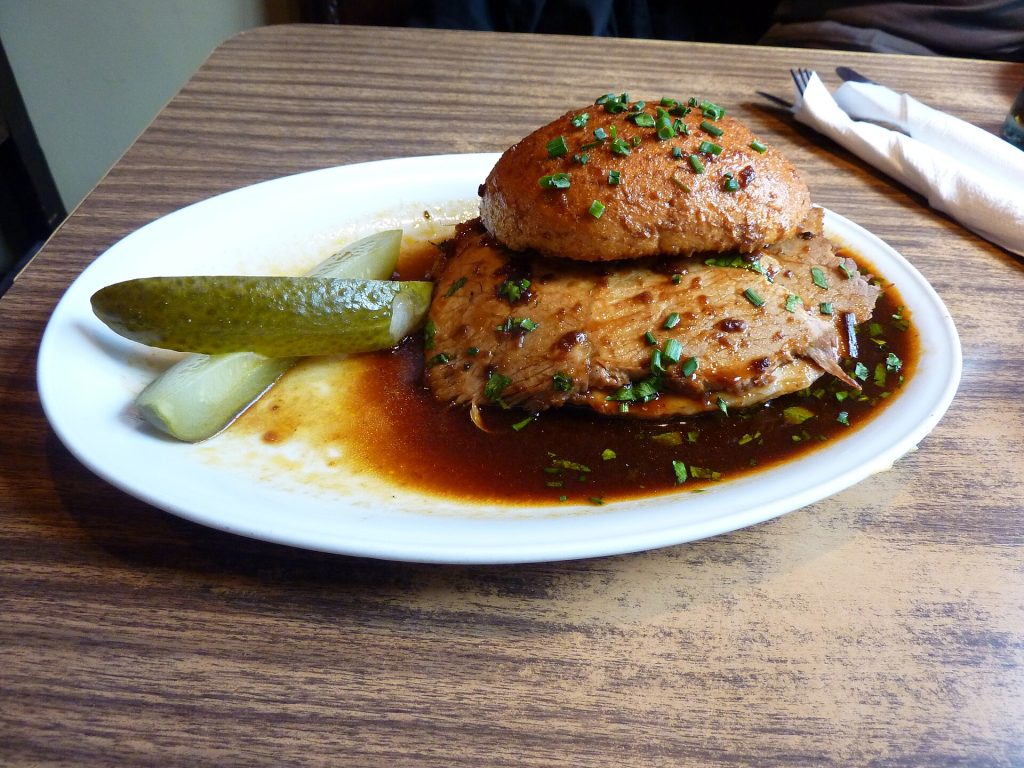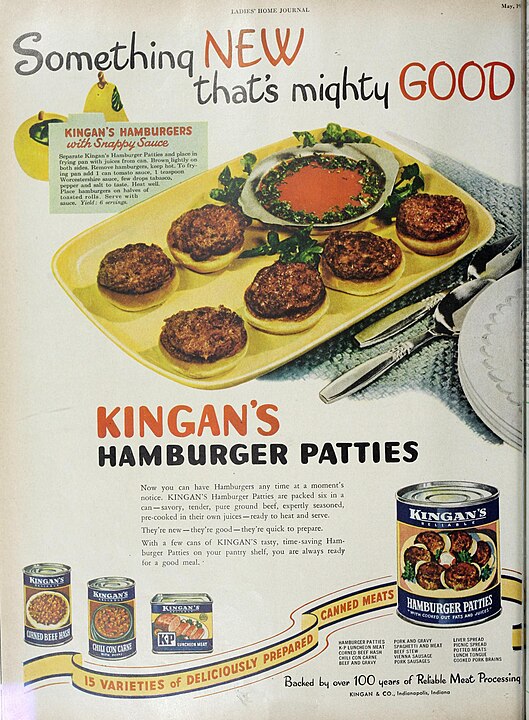American Hamburger History

Few foods have captured the global imagination quite like the American burger. A perfect combination of a grilled patty, fresh toppings, and a soft bun, the burger has become a cultural icon synonymous with backyard barbecues, roadside diners, and fast-food chains. But where did this beloved sandwich come from, and how did it become such a cornerstone of American cuisine? Let’s dive into the fascinating history of the American burger.
The Early Origins: Hamburg to the New World
The story of the burger’s origins takes us back to 19th-century Europe, specifically to the German city of Hamburg, one of the busiest ports in the world at the time. Hamburg was famous for its finely minced beef, known as the “Hamburg steak.” This dish consisted of seasoned ground beef, often mixed with onions and breadcrumbs, and either grilled or fried. It was typically served with potatoes or bread.

In the 1840s, German immigrants began arriving in the United States in large numbers, bringing with them their food traditions.

The Hamburg steak quickly became popular in American cities with large German populations, such as New York and Chicago. However, the Hamburg steak was typically served as a formal dish rather than a handheld meal.
From Hamburg Steak to Hamburger Sandwich
The exact moment when the Hamburg steak evolved into the modern hamburger sandwich is the subject of much debate. There are several competing origin stories:
- The Menches Brothers: According to one account, brothers Charles and Frank Menches from Ohio claimed to have invented the hamburger at the 1885 Erie County Fair in Hamburg, New York. The story goes that they ran out of pork for their sausage sandwiches and decided to use ground beef instead. They added coffee and brown sugar to enhance the flavor and served the patty between slices of bread.
- Louis Lassen: Another popular legend credits Danish immigrant Louis Lassen of New Haven, Connecticut. In 1900, Lassen allegedly served a customer who was in a hurry and needed a meal to-go. Louis placed a ground beef patty between two slices of bread, creating what many believe to be the first true hamburger sandwich. Today, Louis’ Lunch, the restaurant Lassen founded, still operates and proudly serves its hamburgers on toast rather than buns.
- Fletcher Davis: Some historians point to Fletcher Davis, also known as “Old Dave,” from Athens, Texas. Davis reportedly sold ground beef patties between slices of bread at his lunch counter in the 1880s. He even brought his hamburger creation to the 1904 St. Louis World’s Fair, where it gained national attention.
Despite the differing origin stories, the general concept of serving a beef patty as a portable sandwich was gaining popularity by the late 19th and early 20th centuries.
The Introduction of the Hamburger Bun
While the early hamburgers were served on slices of bread, the invention of the hamburger bun transformed the burger into the familiar form we know today. The credit for this innovation often goes to Walter Anderson, a co-founder of White Castle. In 1916, Anderson, a short-order cook from Kansas, began serving his burgers on soft, rounded buns that were easier to hold and prevented toppings from falling out.
The Rise of the Burger Joint
The 1920s were a pivotal decade for the hamburger’s rise to prominence. In 1921, Anderson partnered with Billy Ingram to open the first White Castle restaurant in Wichita, Kansas. White Castle sold small, square hamburgers known as “sliders” for just five cents each. The restaurant featured an open kitchen, allowing customers to see the cleanliness of the cooking process, which helped dispel negative perceptions of ground beef as an unsanitary food.
White Castle’s marketing strategy was revolutionary. They advertised their burgers as a reliable, affordable meal and standardized their operations to ensure consistency. The success of White Castle led to the birth of the fast-food industry and inspired a wave of imitators.
Post-War Boom and the Drive-In Era
After World War II, America underwent significant cultural and economic changes. With the rise of suburban living and increased car ownership, the drive-in restaurant became a symbol of post-war prosperity. Families could pull up in their cars, place their orders, and enjoy a meal without leaving their vehicle.

In 1940, Richard and Maurice McDonald opened their first McDonald’s restaurant in San Bernardino, California. Originally a drive-in with a large menu, they later streamlined their operation, introducing the “Speedee Service System.” This system focused on efficiency by limiting the menu to burgers, fries, and shakes. In 1954, businessman Ray Kroc partnered with the McDonald brothers and began expanding the franchise, transforming McDonald’s into a global empire.
The 1950s and 1960s also saw the rise of other fast-food giants like Burger King (1954) and Wendy’s (1969), each adding their unique take on the hamburger.
Regional Burger Variations
One of the remarkable aspects of the burger is its adaptability. Across the U.S., regional variations have added unique flavors and styles to the classic sandwich:
- California: In 1948, In-N-Out Burger introduced the first drive-thru, emphasizing freshness and simplicity. Their famous “animal-style” burger, with mustard-cooked patties, grilled onions, and extra sauce, has become legendary.
- Wisconsin: Known for its love of dairy, Wisconsin introduced the butter burger, which features a generous dollop of butter on top of the patty.
- Texas: Whataburger, founded in 1950, became known for its large, customizable burgers and spicy jalapeño toppings.
The Gourmet Burger Revolution
In the 21st century, the humble hamburger received a gourmet makeover. High-end restaurants began experimenting with premium ingredients like Wagyu beef, artisanal cheeses, brioche buns, and truffle aioli. This “gourmet burger” trend attracted foodies and elevated the burger from fast food to fine dining.
Some notable examples include chef Daniel Boulud’s DB Burger, which features a sirloin patty stuffed with braised short ribs and foie gras. The burger also became a canvas for adventurous flavors, such as kimchi-topped patties, blue cheese and fig combinations, and even plant-based patties that mimic the texture of real beef.
The Burger Goes Global
The American burger has transcended borders, becoming a beloved food worldwide. Fast-food chains like McDonald’s, Burger King, and Shake Shack have opened locations across the globe. Meanwhile, countries have put their own spin on the burger:
- Japan: Teriyaki burgers and rice-bun burgers have become popular adaptations.
- India: Given the large vegetarian population, paneer and potato-based burgers are common.
- Mexico: Burgers are often topped with avocados, jalapeños, and queso fresco.
Health and Sustainability Movements
In recent years, growing awareness of health and environmental concerns has led to the rise of plant-based burgers. Companies like Beyond Meat and Impossible Foods have created meatless patties that replicate the taste and texture of beef using plant proteins. These innovations have made burgers more accessible to vegetarians, vegans, and environmentally conscious consumers.
Additionally, many burger restaurants have embraced the farm-to-table movement, sourcing local and organic ingredients to create burgers with a smaller environmental footprint.
Why We Love Burgers
Part of the burger’s enduring appeal is its versatility. It can be as simple as a patty with ketchup or as elaborate as a gourmet masterpiece with exotic toppings. Whether enjoyed at a fast-food joint, a backyard barbecue, or a fine-dining restaurant, the burger represents comfort, nostalgia, and culinary creativity.
Conclusion
The history of the American burger is a story of immigration, innovation, and cultural identity. What began as a simple beef patty has become a global phenomenon, adapting to countless trends and tastes. As the burger continues to evolve, one thing remains certain: it will always hold a special place in the hearts (and stomachs) of people everywhere.
So, whether you prefer a classic cheeseburger with pickles and ketchup or a truffle-infused gourmet burger, take a bite and savor the history packed into every delicious mouthful.